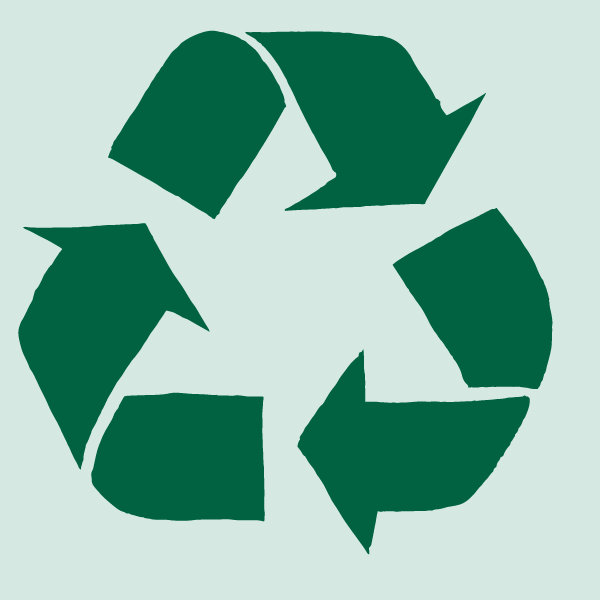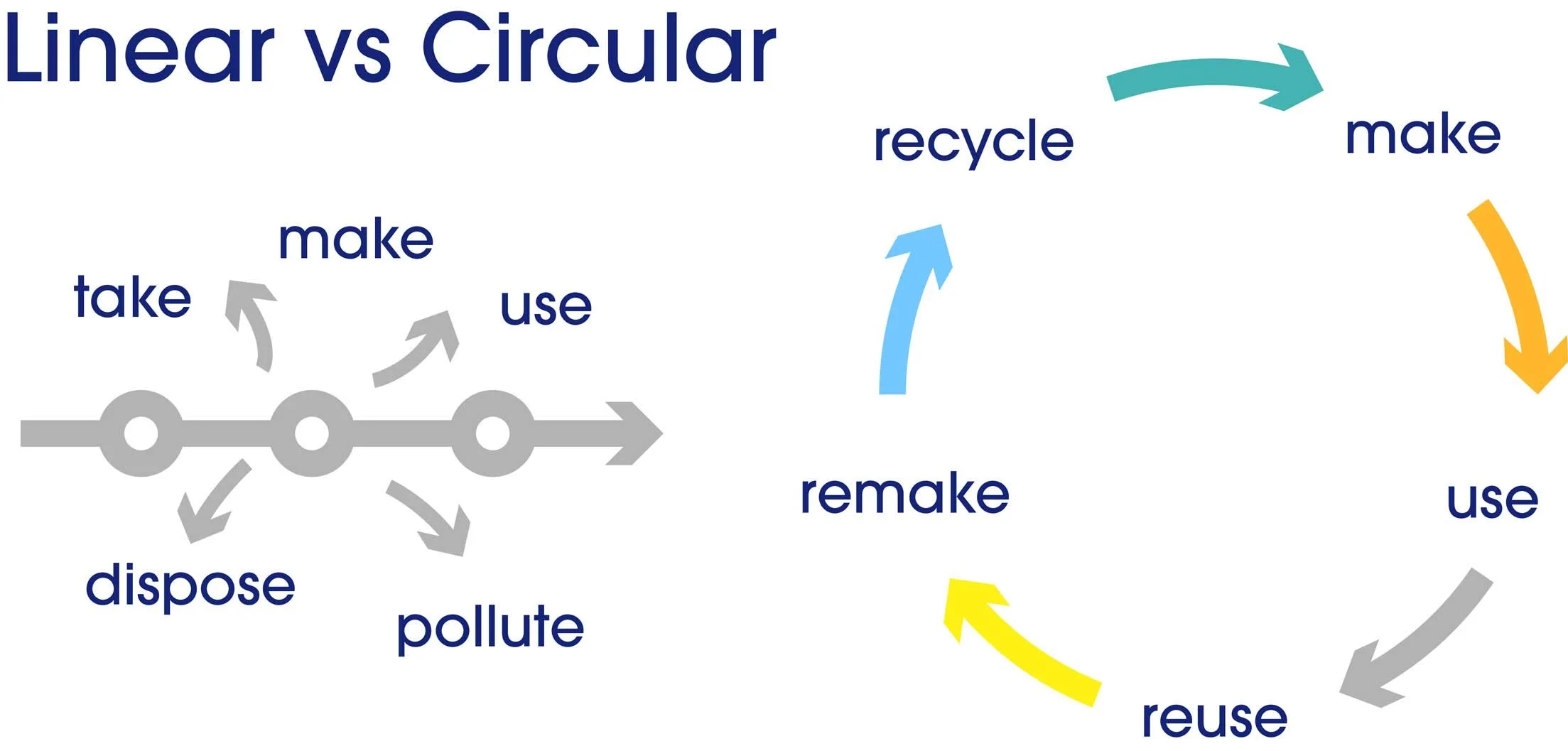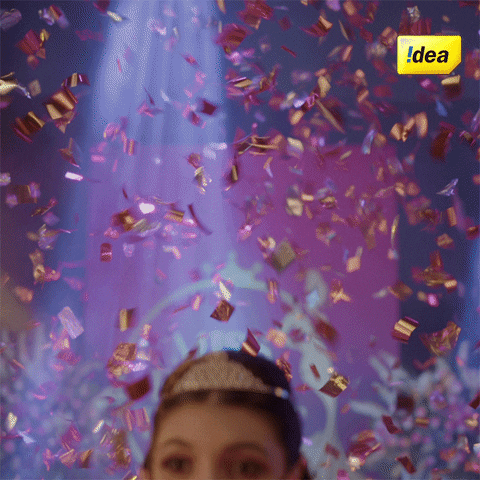CHALLENGE #6: Let’s talk about dormant goods.
Congratulations!
You have made it to the LAST SUSTAINABILITY CRYPTOQUEST CHALLENGE #6.
We have collaborated with the Queensland University of Technology (QUT) to bring you something very special.
So, are you ready to learn some new jargon? Let’s talk about dormant goods. So what does that mean and why is it even important to talk about them?
LOTS of Fun Facts:
Dormant goods are items which are not being used - or are underutilised - despite still being usable. They could be reactivated by being re-loved, perhaps by someone else and/or after a little repair, renewal, repurposing, or upcycling - to avoid being wasted from non-use or ending up as ‘waste’ in landfill.
Dormant goods are in most places including homes, schools, offices, and other workplaces. Can you think of any at your home off the top of your head?
By reducing and reactivating dormant goods, you could help
reduce unnecessary production realise sustainability goals
reduce environmental harm
improve human health
help others in need
enable a necessary transition from our world’s current ‘take-make-waste’ linear economy to a more ‘circular economy’
By collecting and analysing data about dormant goods in your world (such as your wardrobe, home, school, or casual workplace), and sharing knowledge with your Girls in STEM group, you might find opportunities to:
reduce and activate dormant goods to realise sustainability and other benefits
create a new business venture or social enterprise - using profits to make more of a positive impact - based on dormant goods
help each other or join forces for good
We can help to save our planet by repurposing dormant goods and moving towards a more sustainable circular economy. Paper is an excellent example to look at for strategies in increasing circularity. The core idea is to see that there is no waste!
Some Quick STATS
Economic
There are limits to the world’s physical resources, including metals and fossil fuels. As we deplete supplies of virgin resources, these are becoming more difficult and expensive to find/extract. It therefore makes increasing sense to reduce waste and make better use of resources in our economy.
According to the World Economic Forum, our predominantly linear economy - or “take-make-dispose” production and consumption logic - is creating significant challenges. For example, in 2019, about half of global CO2 emissions came from the over 92 billion tonnes of materials we extracted and processed for our linear economy. Only around 8.6% of the world is currently circular - and yet transitioning to a circular economy (CE) could yield up to $4.5 trillion in economic benefits to 2030.
Environment and Health
Reducing waste and pollution can reduce both environmental - and - human health problems related to our environment (such as respiratory problems from pollution and health/safety risks from extreme temperature/weather).
Environmental health encompasses physical, chemical, and biological factors in the environment that potentially or currently have an impact on the health of individuals and populations, as well as the communities in which people live.
QUT is collaborating with partners on the Australian Environmental Health Project (AusEnHealth) project. AusEnHealth aims to build a national, spatially enabled, ongoing infrastructure resource that will enable users to access, visualise and analyse environmental health data, reports, and models - including to identify links between environmental health and human health. Learn more here
Dormant Goods
Dormant goods can be found everywhere, including in homes, schools, factories, offices, laboratories, and other workplaces.
According to estimates by Queensland social enterprise the World’s Biggest Garage Sale, Australian homes have, on average, $5,800 worth of ‘dormant goods’ - that could be reduced by being put to better (re)use.
QUT has dormant goods (including when old equipment is replaced with state-of-the-art equipment used in frontier research) and, as part of its sustainability strategy, aims to reduce and reactivate QUT’s dormant goods and support a transition to a circular economy. For example, QUT:
Diverted around 400 tonnes of waste from landfill through its on campus recycling programs.
Partners with the social enterprise World’s Biggest Garage Sale, which uses profits for good, to divert furniture items from landfill
saved more than 913 tonnes of C02 emissions by partnering with Greenbox to resell old QUT IT devices [see dashboard below]
reduced mobile phone e-waste in partnership Mobile Muster;
runs ‘Maker days hosted by QUT Entrepreneurship, QUT Library and QUT Sustainability to inspire and enable the creative re-use of waste - with workshops including junk to jewellery and fashion repair cafes where QUT fashion students will teach participants how to repair clothing items, to help reduce fashion waste (which is important since Australians dispose of an average of 23 kilograms of clothing to landfill each year or 93% of the textile waste we generate)
celebrates circular economy opportunities and entrepreneurship, such as the award-winning social enterprise PowerWells, co-founded by a QUT research student, which takes electronic waste ‘e-waste’ to repurpose used lithium-ion batteries into portable energy systems, to provide affordable energy to those most in need
reduces the number of spare seats in cars, with its ridesharing program which also provides emissions savings and offsets via partner Liftango.
Dormant Goods Activity
For discussion with your STEM buddies, friends, parents or classmates:
Can you think of and list different types of dormant goods in one of your environments (e.g., closet, home, kitchen, bathroom or school)?
Could you quantify the approximate number and value of these dormant goods?
[E.g. What would be the cost to purchase or replace them? What price might they be resold as second-hand goods for?]
What’s the most common category of dormant goods from a particular type of place?
4. Pick a dormant good in your environment:
What resources have gone into creating/making the dormant good?
What would be the impact if this dormant good ended up as waste?
How could you reactivate this dormant good, to reduce waste and create other benefits?
What could you do to reduce the dormant goods and waste?
What additional value could you create if the dormant goods were repaired, repurposed, upcycled, donated, sold (e.g., at a second-hand marketplace)?

Sustainability CryptoQuest Challenge # 6: Extend the life of products, share or pass it on!
This can be done with your STEM buddies, friends, parents or classmates:
STEP 1:
Pick a dormant good in your environment for repurposing or donating.
STEP 2:
Now repurpose or donate the dormant good. We have some examples of repurposing dormant goods into flowerpots. Create your own repurposed flowerpot or repurpose your own choice of dormant good.
Alternatively, you could donate a book that you no longer need to a library or hospital for sick kids or donate any item of your choosing that you no longer need from which someone else might benefit.
STEP 3:
Send us some pics with your repurposed or donated dormant goods for us to post on our socials and tell us about your challenge.
Reminder: Encrypt your message with your photo:
What are you sharing? Encrypt your answer on the photo: example ‘book’
How are you going to share? Encrypt your answer on the photo: example ‘donate’
Where are you going to share it? Encrypt your idea here: example: ‘library’
What is the outcome? Encrypt your answer on the photo: example ‘share learning’
What are you renewing? Encrypt your answer on the photo: example ‘boots’
How are you going to renew it? Encrypt your answer on the photo: example ‘repurpose’
Where are you going to renew it? Encrypt your answer on the photo: example ‘garden’
What is the outcome? Encrypt your answer on the photo: example ‘reduce waste’
STEP 4:
With your parent/guardian’s permission, send us an email with the pic and caption to hello@gdostem.com.au with the SUBJECT LINE challenge #6.
You might see your pics on our socials!!
And the final round of prizes!
Challenge #6 prizes are generously gifted from our friends at QUT: there are BIOME vouchers and Virtual Reef Diver games!!
You. Have. Done. It… Congratulate yourselves!!! You are the heroes in your own world and are helping to save the planet.
AND now that you have completed the whole of the 6 Sustainability CryptoQuest challenges you will go into the draw for the Grand Prize!
You’re Unbelievable!!







